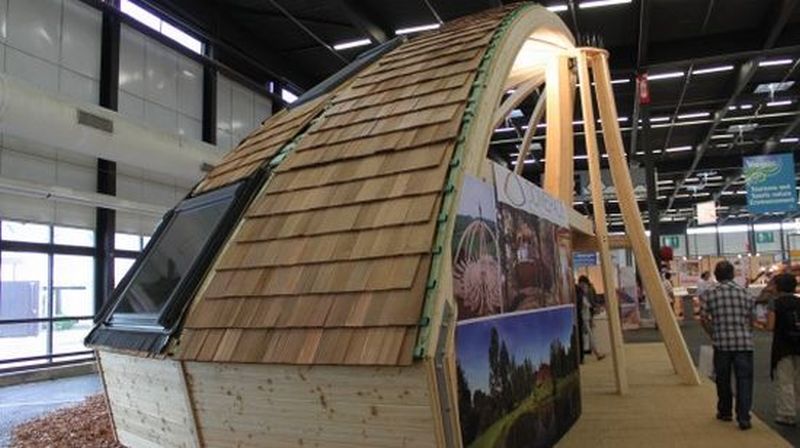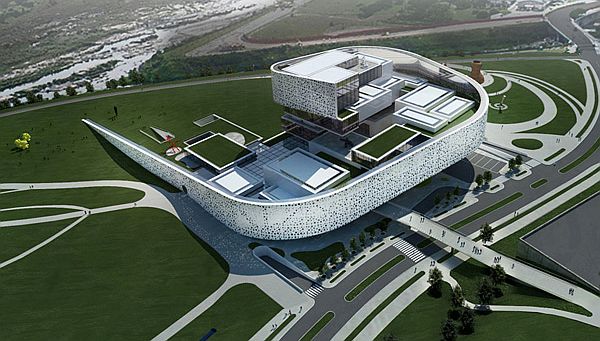Architecture today
When we think of architecture at an urban scope, most of us are bound to have reveries of glistening, sun kissed skyscrapers, adorning the cityscape of various metropolises. However, beyond their imposing visual nature, such conceptions are just mere ‘by products’ of low availability of space in our present day conglomerations. As a matter of fact, the amount of resources and energy expended to build such structures is huge both in magnitude and scale. Moreover, additional energy is wasted for sturdy foundations, lifting of materials along with high costs of machinery and labor.
The needs of the future
Core statistical figures attest that among the major industries, construction and automotive sectors account for most of our fossil fuel usage, thus alluding to high carbon emissions. In fact, according to a 2009 data, housing in UK entails 30 percent of total carbon footprint from industries. In relation to this adverse trend, our modern day architectural scope should look forth to integrate energy efficiency as the main criterion. And, beyond just novelty of approach, it should collectively and advantageously affect the consumers from angles of simplicity, comfort and cost effectiveness.
The role of technology
As we mentioned before, when it comes to the contemporary scope of eco architecture, the spatial ambit dictates the clever utilization of some energy efficient technologies, for optimized user comfort. Moreover, even beyond the scale of structures, such effective systems directly correspond to the low carbon nature that our construction industry should follow, for a better and sustainable future for humanity’s coming generations.
a. Building integrated photovoltaics
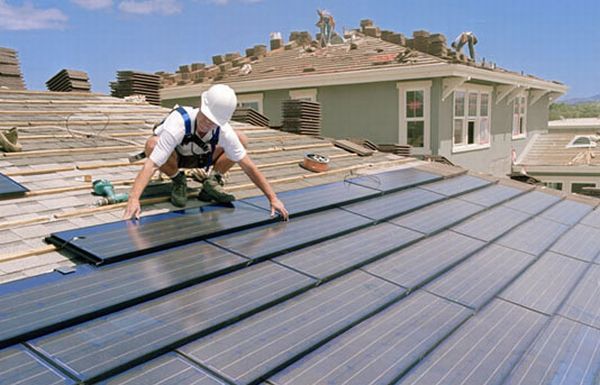
Building Integrated Photovoltaics or BIPV alludes to the flexibility of modern day architecture. The practice entails the integration of solar capturing components within a structure, when the building is envisaged at the preliminary conceptual stage. In fact, the overall cost effectiveness and efficiency of this collective system is quite evident from the commercial value of the industry being projected to increase to $8.2 billion by 2015.
b. Micro wind turbines
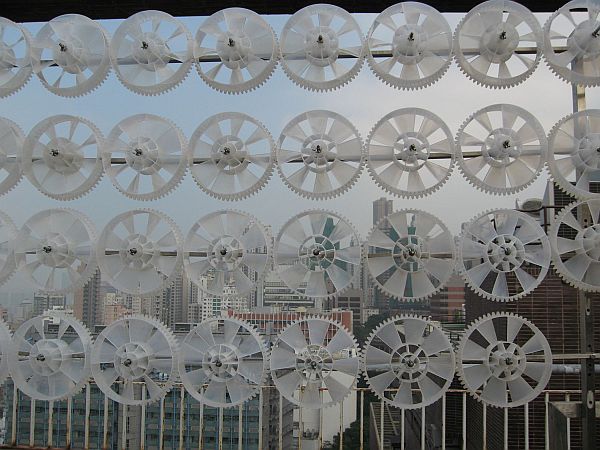
Wind power can be considered to be at the helm of the renewable energy pantheon, with its capacity perking up at 193 gigawatts. However, in a righteous bid to reach out a greater number of consumers, some technologies call for installations of micro wind turbines, especially when it comes to off grid rural areas. Catering to a micro level, such projects can have an advantageous impact in the case of low carbon, vernacular architectural structures.
c. Eco friendly building materials
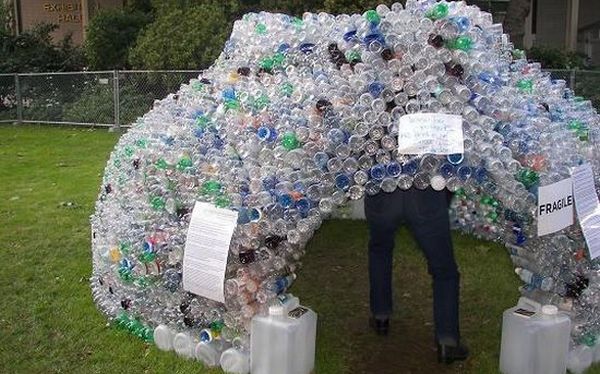
Eco architecture not only calls for application of sustainable power systems and techniques, but it should also cover the important facet of efficient building materials. In this regard, contemporary architects have successfully adopted a slew of effective yet easily available materials including shipping containers, recycled steel, silicon glass fabric, bamboo, cardboard, hardwood plywood and even plexiglass.
d. Self repairing building materials
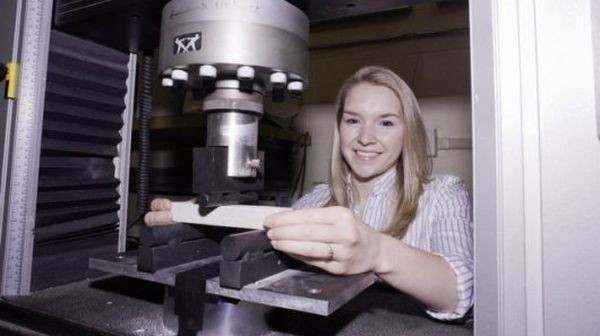
Insinuating a more high tech scenario, scientists have already determined two potentially self repairing polymer building materials in the form of adhesives and thermal encapsulation. In fact, the first mentioned matter entails the secretion of adhesive with catalyst, to fill up the affected structure in case of cracks. Moreover, researchers are also looking forth to develop more practical yet hardy self generating building materials in the future.
e. Eco friendly paints
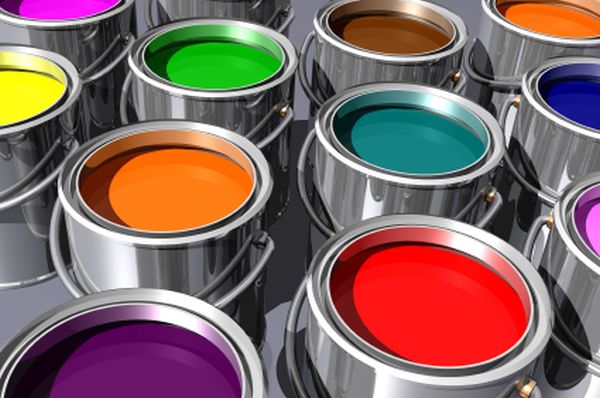
The complex composition of conventional paints can encompass more than 10,000 chemicals. However, beyond variety and visual pleasantness, they can potentially pose as health risks like irritation of the eyes, nose, skin and even throat, along with causing dizziness and nausea. In such adverse conditions, eco paints come as the righteous solution with their composition entailing fewer than 250 chemical components. In fact 98 percent of such components are derived from natural sources like citrus peel extracts, essential oils, seed oils, tree resins and even tree and bee waxes.
f. Sustainable insulation systems
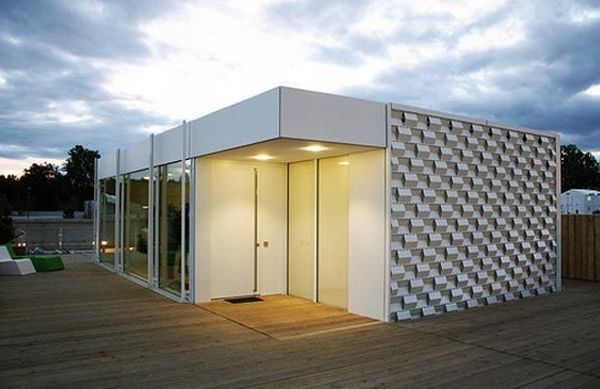
Climate and noise mitigation is a major part of any passive architectural technique, which is directly related to optimized user convenience. In this regard, it comes highly pertinent to utilize sustainable, low cost insulation systems that would effectively guard you against outside influences. In fact, according to some statistics, efficient insulation can reduce up to 30 percent of heating energy costs. And, fortunately some innovative conceptions are found in this field, including Styrofoam, wool and even mushroom based insulation systems.
g. Energy and water saving systems
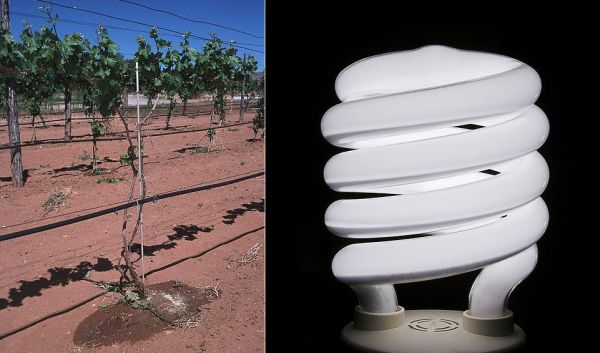
In the present times, we have come across a wealth of adroit architectural conceptions that deal with both energy and water saving systems like rainwater collection, LED appliances, natural cooling and ventilation mechanisms. In most of the cases, these systems are conceived on an autonomous level, thus imparting greater flexibility and freedom to both the design and user. More importantly, the technologies used in such scenarios are generally simplistic, which makes them more accessible and easy to install.



